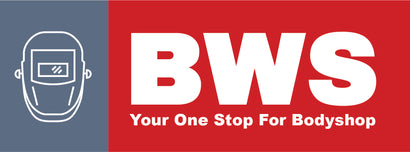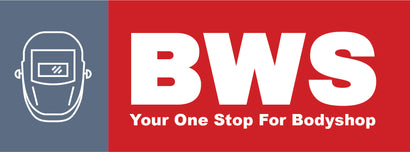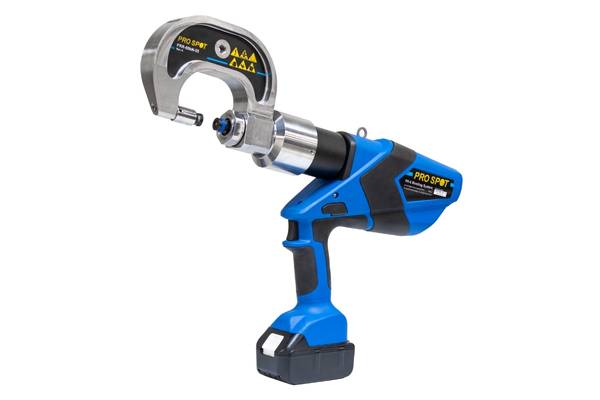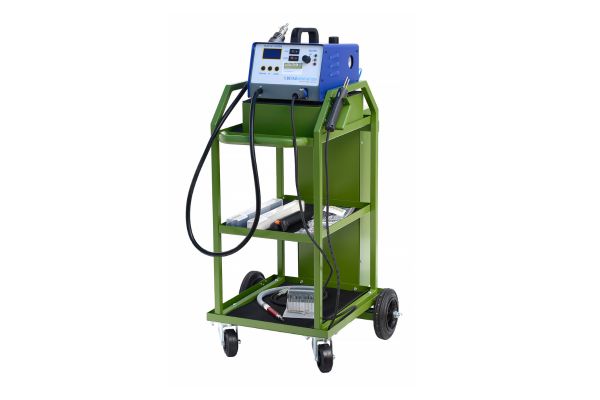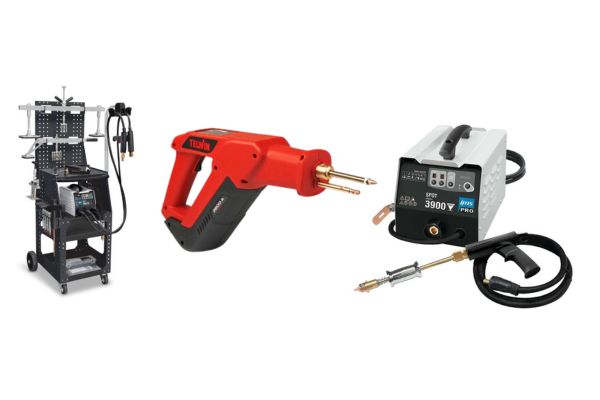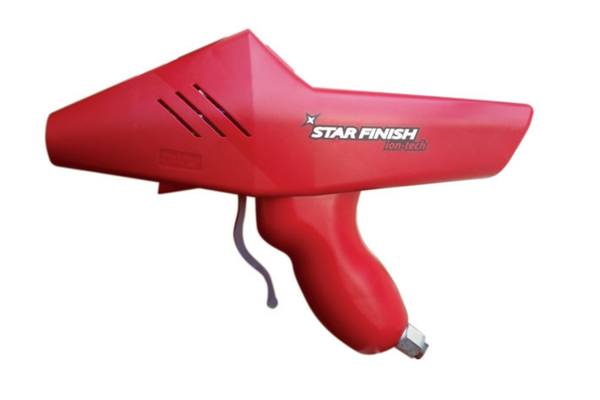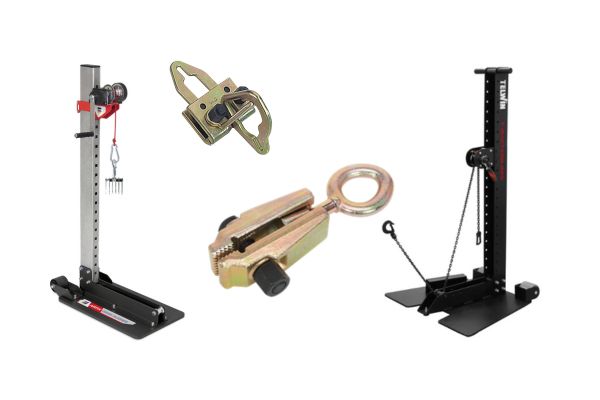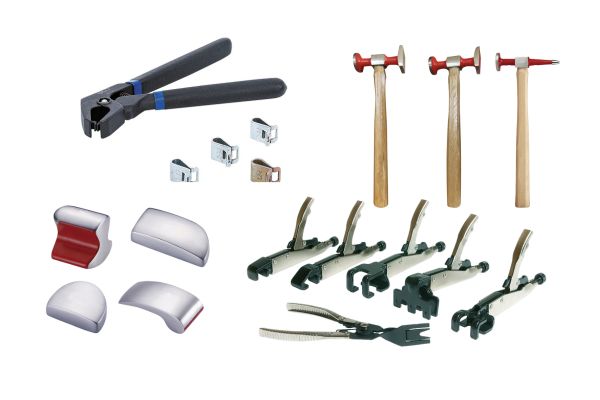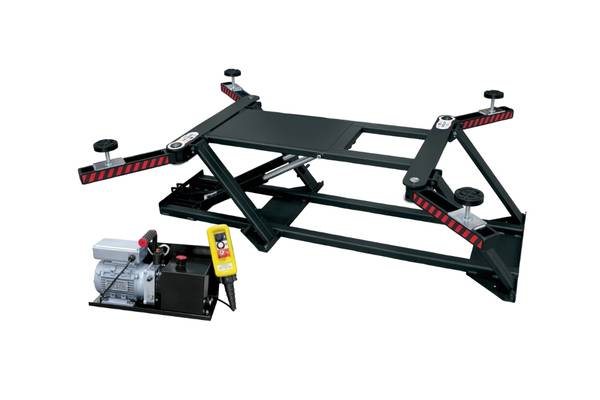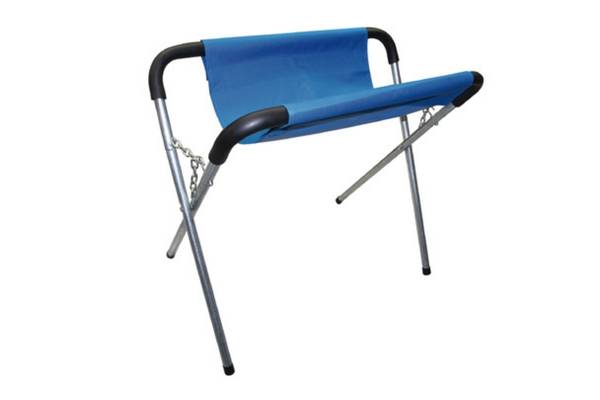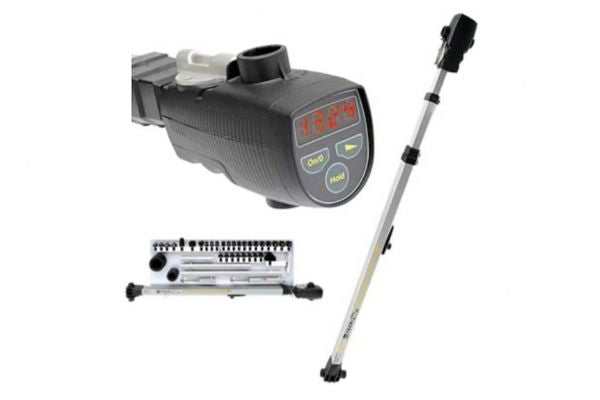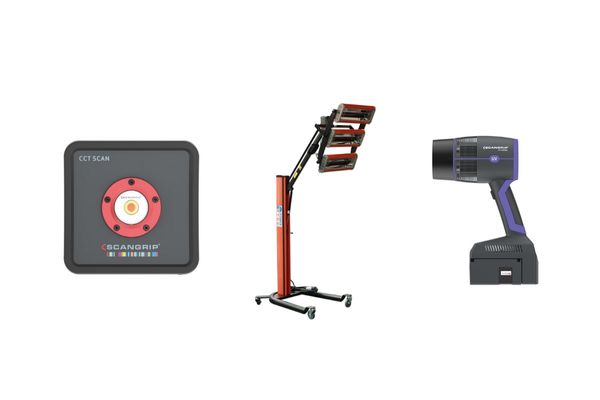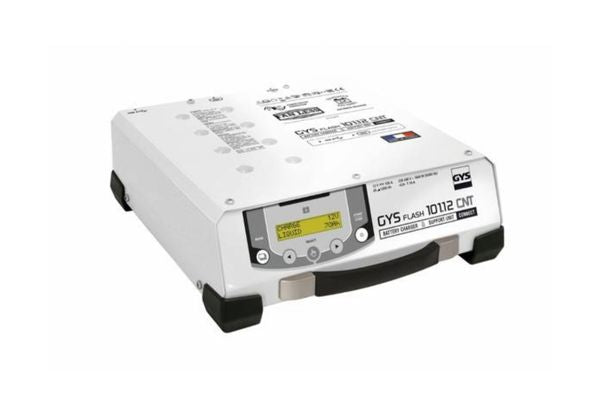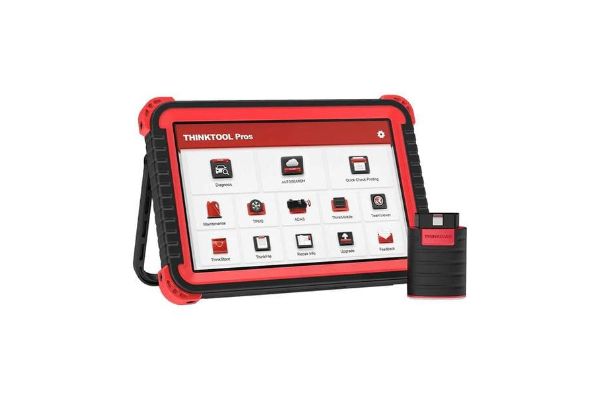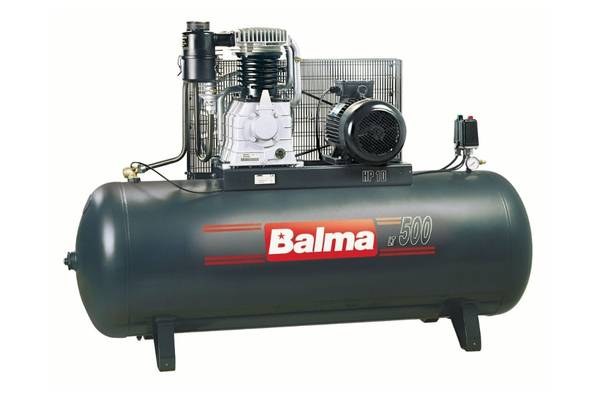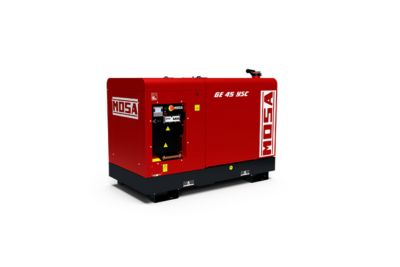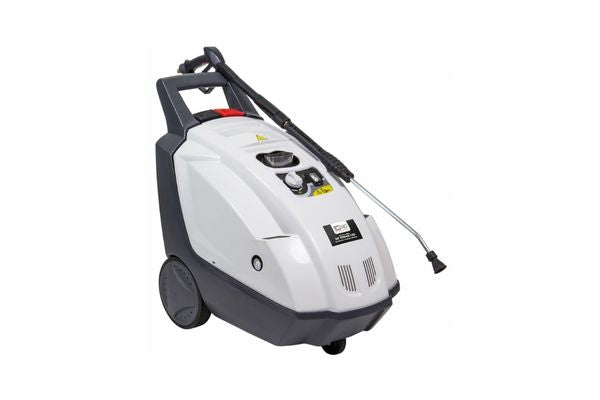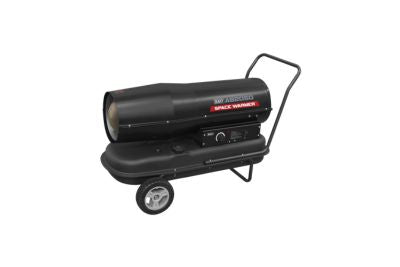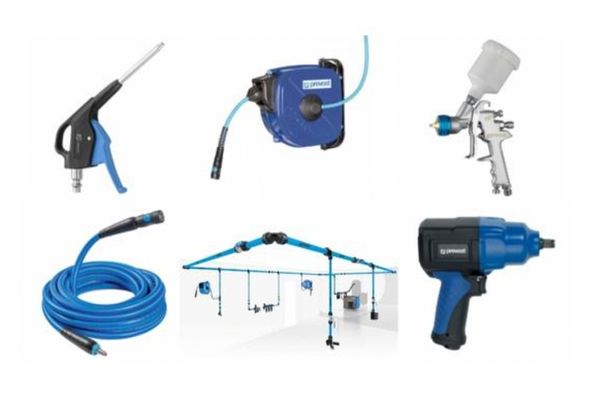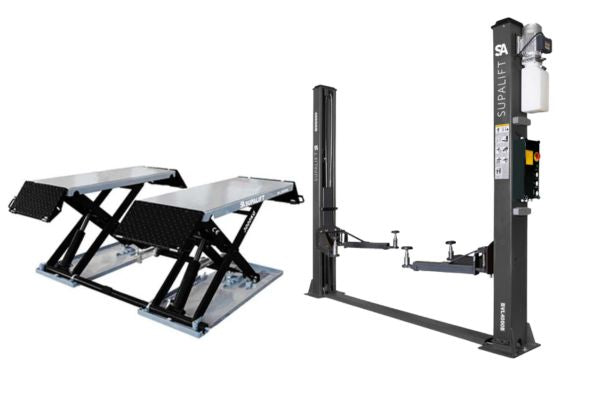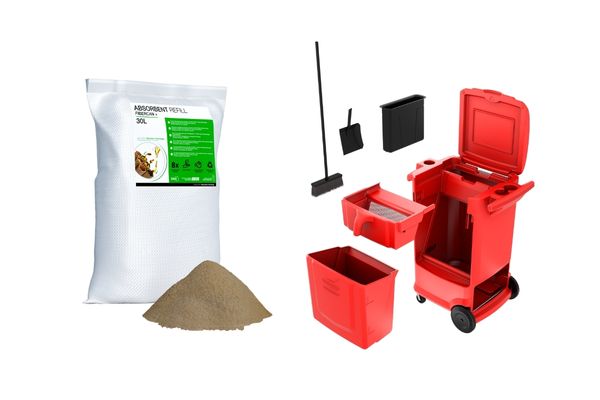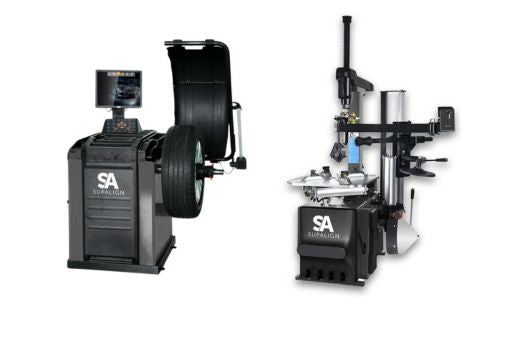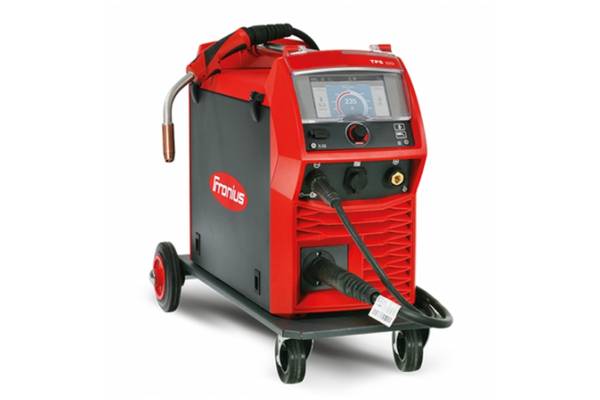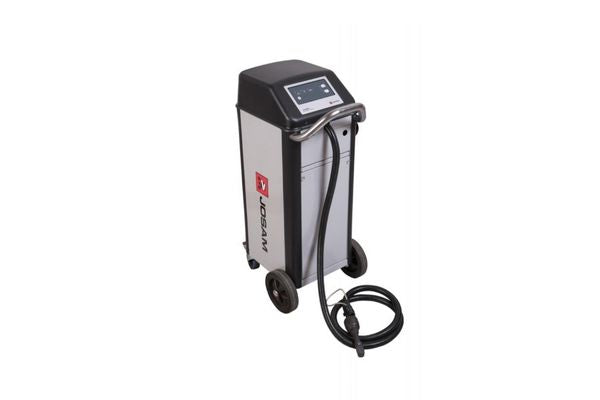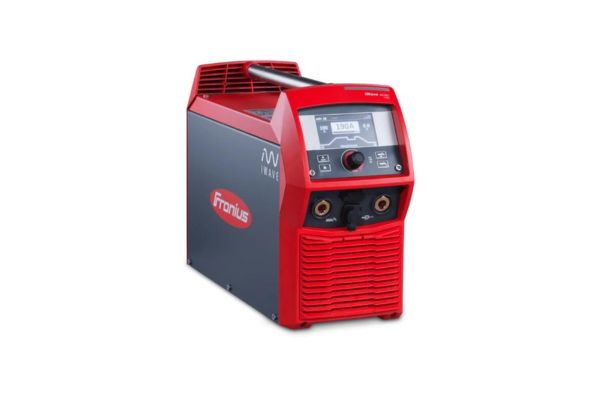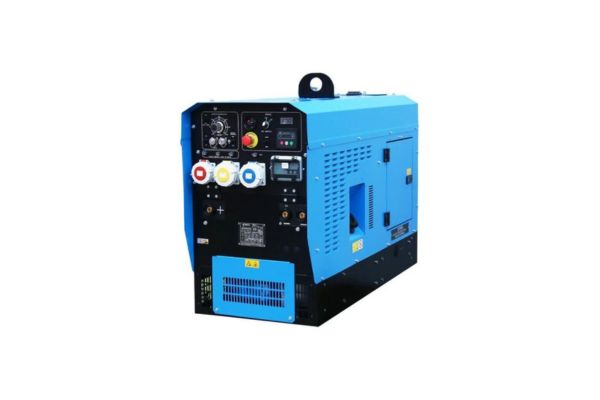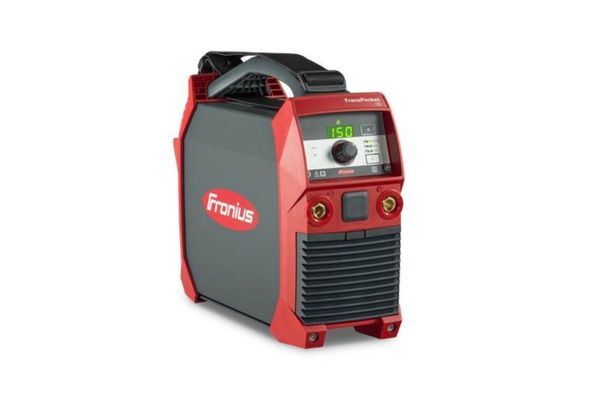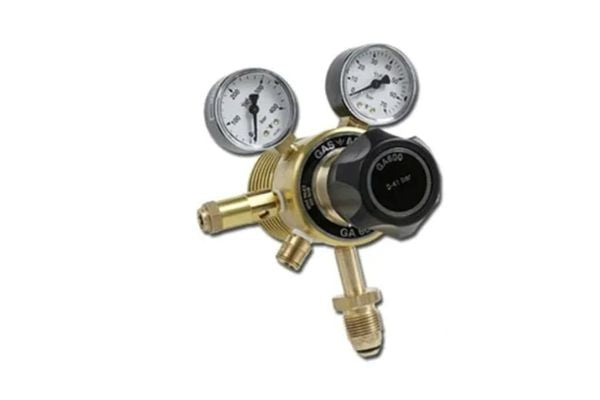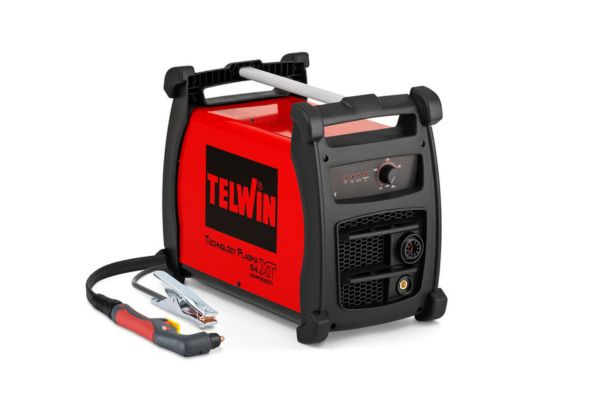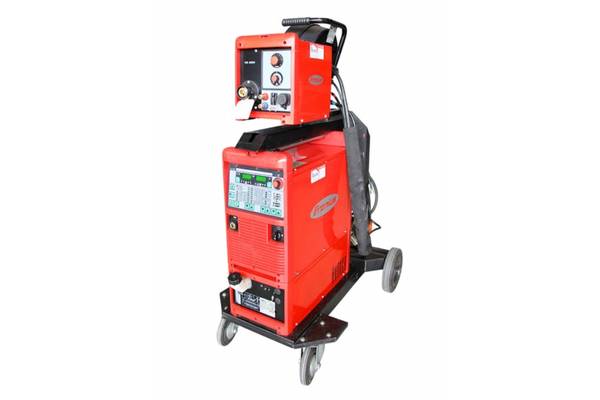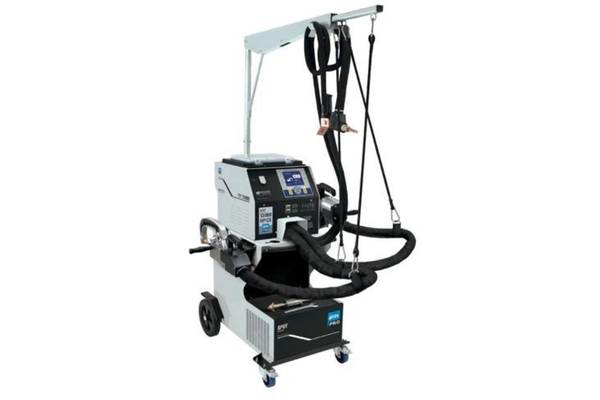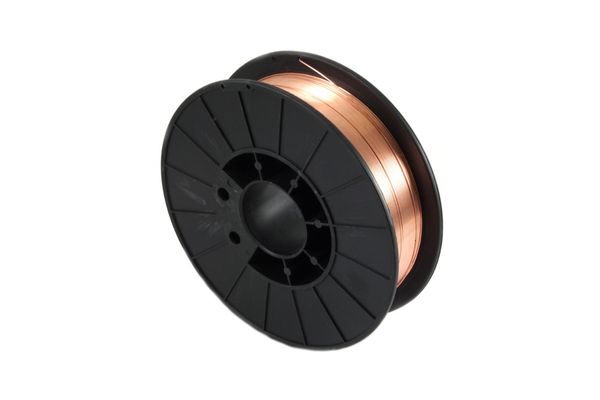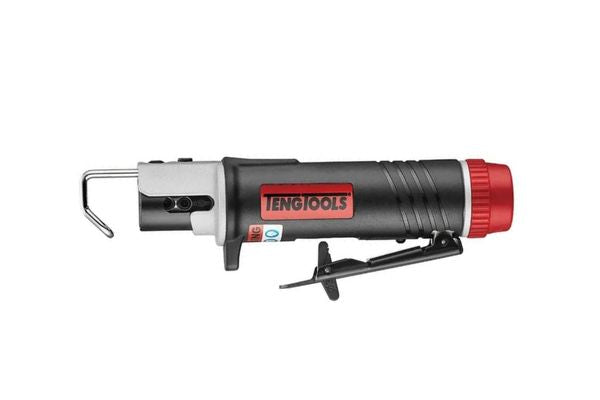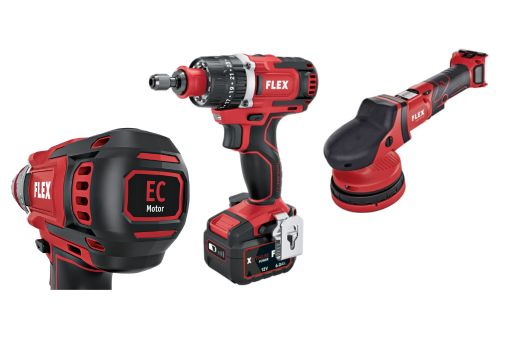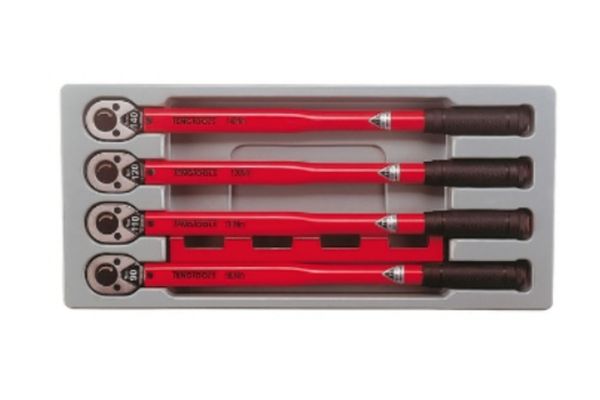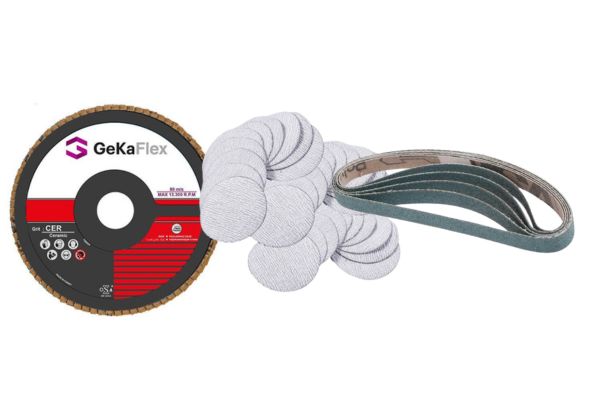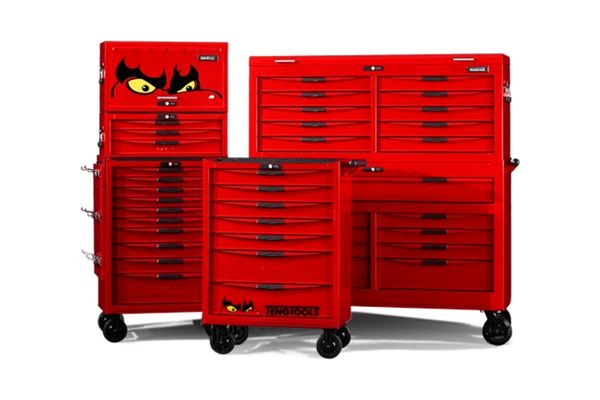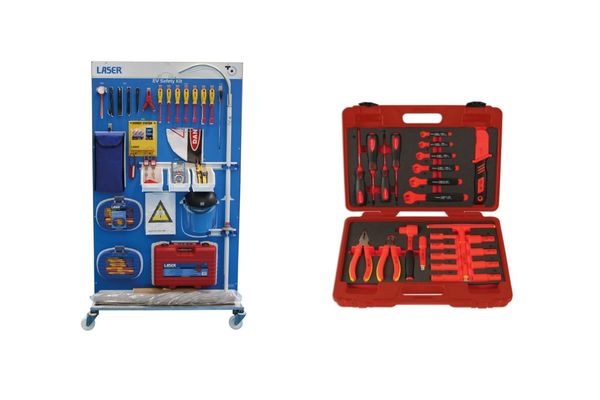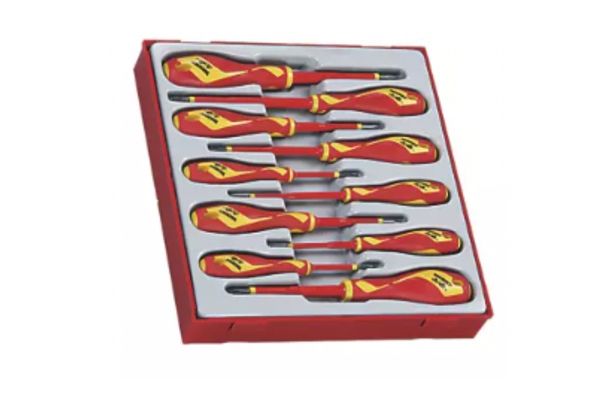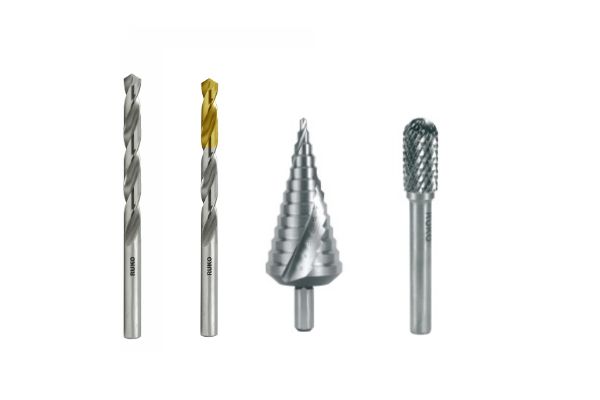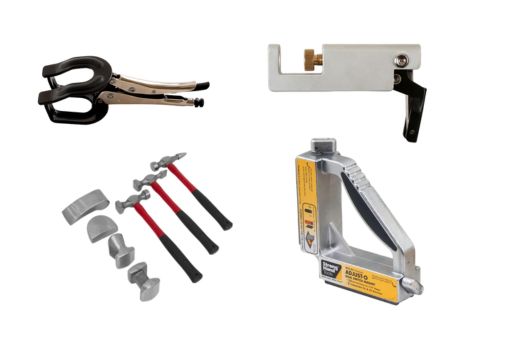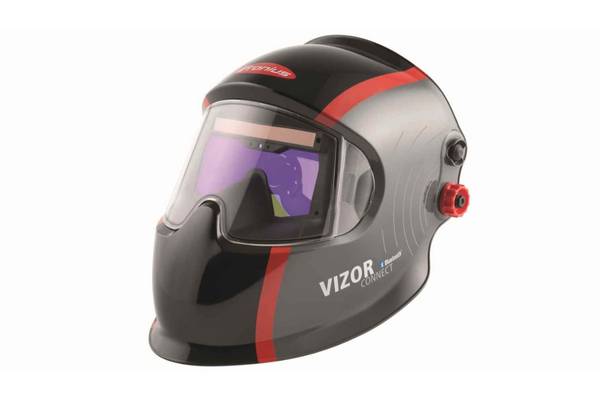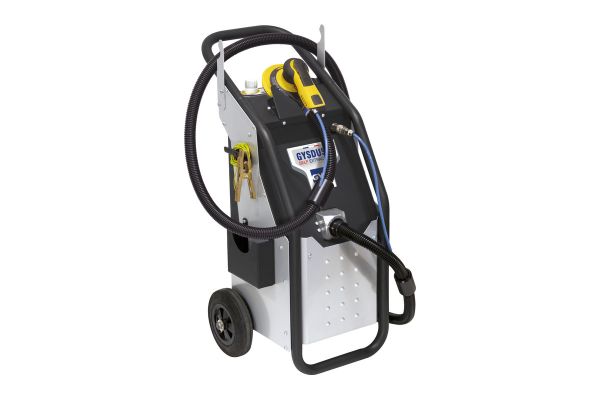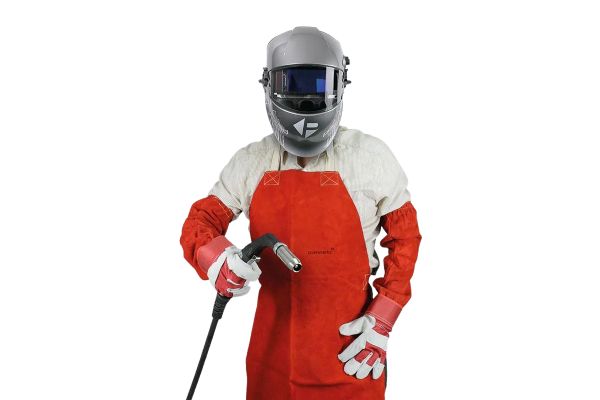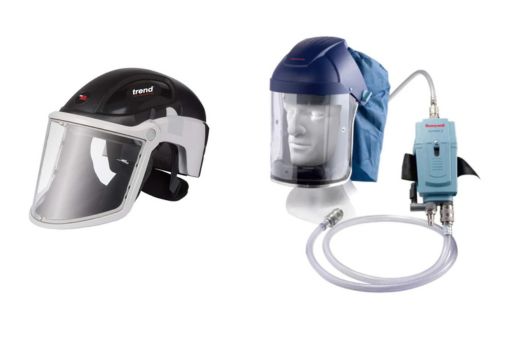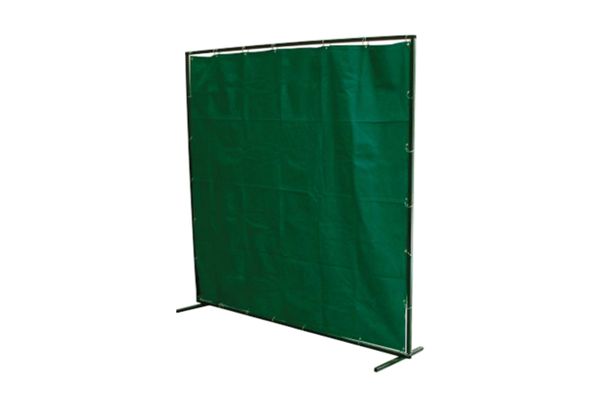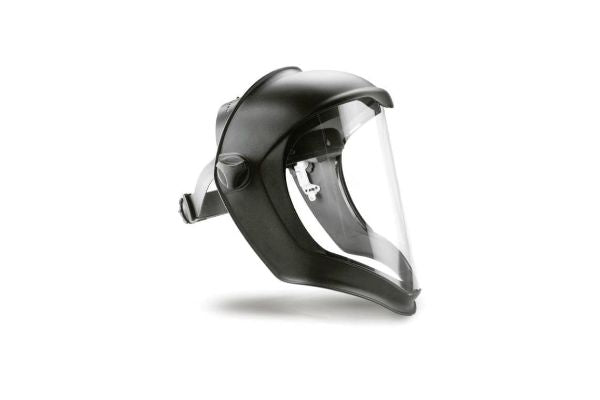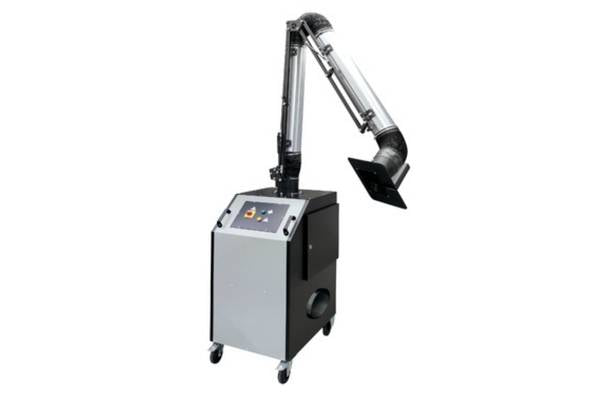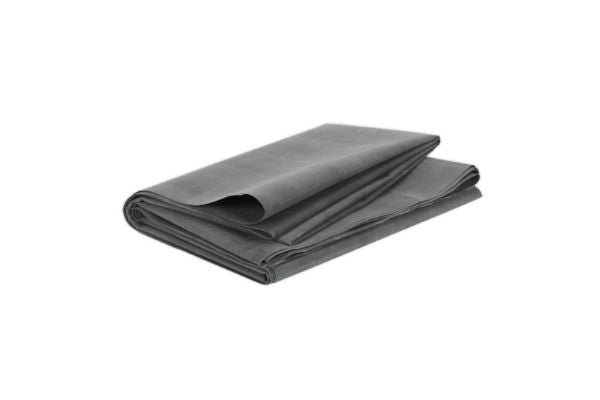WHY BUY FROM BWS?





FAQ
-
It's the most comfortable helmet with the largest "true colour" lens area, fastest switching speed and highest shade variation for your budget.
That's a sure fire way to get the right welding helmet for you.
-
You should spend as much as you can afford.
This will ensure you get the best features and more importantly switching speed to protect your eyes. A bare minimum should be it conforms to EN379, EN175, EN166, ANSI Z87.1 standards.
-
The answer is yes.
Better quality helmets have clearer vision because they use better quality lenses that are clearer when in the darker "reactive" state. This enables you to see the weld pool better, helping you produce more consistent welding.
-
A minimum of shade 9 is required for welding of any type and as your welding current increases so should your shading.
Remember its there to protect your eyes so have your shade light enough so that you can see the weld pool comfortably, but dark enough so that your eyes don't get strained.
-
TIG Welding can go as low as 10 amps, therefore a welding helmet would need to go lower than shade 9 for you to be able to see the weld pool. Therefore choose a helmet with a shading option between 5-9. Another essential option for TIG welding is sensors, the more sensors the better the helmet is suited for TIG welding.
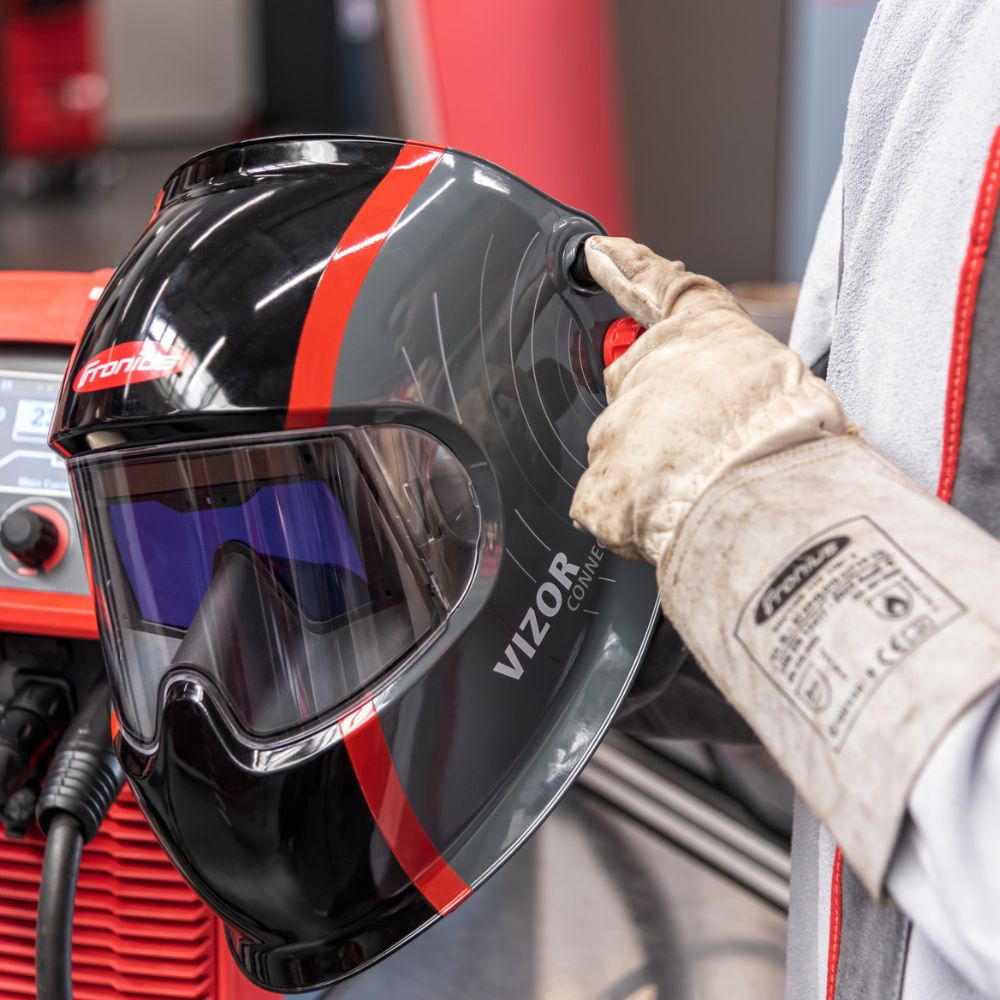
AUTO-DARKENING TECHNOLOGY
Modern welding helmets use auto-darkening technology, often referred to as reactalite helmets.
Sensors on the front of the helmet react to the welding arc, triggering the lens to darken to the shade set. Hobby helmets have two sensors where as professional helmets have 4.
SENSITIVITY
This setting means how sensitive you want the sensors to be. Set it too low and it might not react to the arc especially when welding low amps. But set it too high and other light sources might make the lens react.
DELAY
This is how long you want the helmet to be dark AFTER you finish welding.
SHADING
Set this according to the weld strength you are welding. Remember you need to see the weld pool, therefore the lens needs to be light enough for you to see the pool but dark enough so that you dont get tired eyes after welding for a length of time.
A welding helmets first job is to protect your eyes and most helmets do this admirably. The latest designed helmets offer "True Color" whilst still protecting your eyes from harmful IR and UV rays. This is a big thing and is a massive jump in lens technology.
We would always recommend you purchase "True Color" when choosing you next welding helmet.
If you need advice chat to us on webchat now.
HSE, Health and safety executive now classifies welding of Ferrous steel as carcinogenic with the emphasis on the protection of the man and surrounding personnel. Therefore in a workplace PAPR (powered air purifying respirator) has become a must. PAPR or more commonly known as Air Fed welding helmets have a battery-powered air purifying filter on a belt with a hose attached to the helmet. The filter purifies and then blows clean air over the face of the welder creating a positive air effect in the helmet, meaning fumes cannot enter.
There is so many choices and costs for these helmets but all meet the relevant standards for protection whether they cost £400 or £1400. The main difference between the units would be the Quality of both the filter and the Welding Helmet lens.
Buy Welding Helmets Today
The best welding helmets are the ones that feature True Colour technology; the technology that protects your eyes without altering your visibility through the helmet. These features combined allow for your best weld possible, and BWS wants to be part of that. We stock a range of the best welding helmets available from leading manufacturers such as GYS, Speedglas and Fronius. Wondering what the best welding helmets are for you? Why not get in touch with our team of in-house engineers for expert advice across all of our products.
